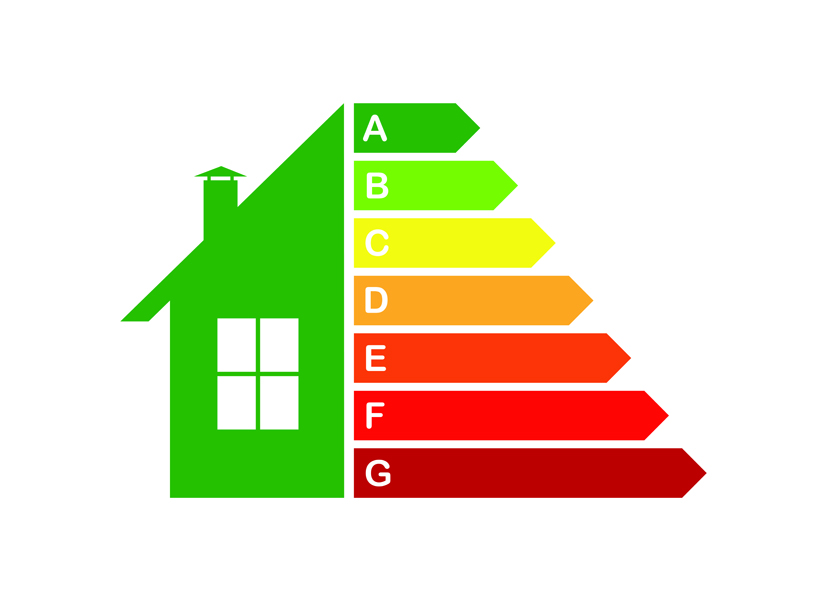heating
Was COP26 a Success or Failure?
Affordable, green electric heating alternative to heat pumps

Low-carbon heating is today’s gold standard for heating systems, and the government recommends replacing fossil fuel gas and oil central heating systems with a heat pump instead of a gas, oil, LPG fired boiler. While heat pumps are ideal for modern housing built to today’s energy conservation, SAP and heat loss standards, they are harder to install in older council owned housing stock, the majority of which is either flats, apartments or maisonettes and built prior to 1999.
UK Hydrogen Strategy: What does it mean?

Over the next few years, the prevalence of low-carbon heating technologies will rise significantly, bringing big changes in how the UK’s buildings are heated. Hydrogen is one of the key energy sources forming part of this conversation.
The UK Hydrogen Strategy gives clear direction on the Government’s commitment to the role this low carbon fuel source can play in meeting its target of becoming net zero by 2050 and builds on ambitions previously outlined in the Government’s 10-Point Plan and Energy White Paper. However, it highlights the uncertainty remaining on the scale and demand we can expect to see in the future, with hydrogen expected to form between 20-35% of the UK's energy consumption by 2050 and no final decision on the role of hydrogen in buildings until 2026 after the hydrogen village trial in 2025.
- Read more about UK Hydrogen Strategy: What does it mean?
- Log in to post comments
Lean, Green and Clean – The future of communal heating

In 2019 the UK became the first major economy to pass laws to reduce its greenhouse gas emissions to net zero by 2050. Yet in late 2021 at COP26, the UK government itself admits they are falling short of the ambitious target, to reduce emissions by 78% by 2035.
Following the October 2021 publication of both the Heat and Buildings Strategy (HABS) and Net Zero Strategy, and the GLA’s updated London Plan, the UK now has a defined route to net zero and reinforcing regulations will soon follow. But what will this look like for residents within social housing apartments, where green technology is not immediately practical to install?
Digistat Universal Thermostats for Social Housing

Introducing the new Digistat – an innovative range of universal wired and wireless digital thermostats. Bridging the gap between traditional and smart heating controls, the new Digistat is simply smarter. Providing accessible and easy-to-use heating controls for all tenants with differing requirements in just four variants.
Landlords missing out on hundreds of millions from ECO3

Social and commercial landlords across the UK are missing out on tens, if not hundreds of millions of pounds worth of funds that are available to them through the Energy Company Obligation 3 (ECO3) fund which ends in April 2022.
ECO3 is the government energy efficiency scheme that was launched to help reduce carbon emissions and tackle fuel poverty. Under ECO medium and larger energy suppliers fund the installation of energy efficiency measures in British households as part of an agreed commitment.














